Stalin's unmanned submarines
And if quite a lot is known about the use of unmanned armored vehicles, then much less is known about work in the field of ultra-small submarines that could be controlled by radio. Meanwhile, before the start of the war, work was carried out in this direction in the Soviet Union. We are talking about aero-diving boats, which are also called aero-underwater self-propelled projectiles (APSS) or radio-controlled (telemechanical) submarines. It was planned that such submarines would be used in conjunction with a seaplane, from which the boat would be controlled.
The development of submarines, which according to the concept were significantly ahead of their time, was carried out by the Ostech Bureau, a Special Technical Bureau for Special Purpose Inventions in Leningrad. The specialists of this organization were engaged in the development of promising models of military equipment. The bureau was founded in 1921 year and worked until 1937 year. The organization was led by the designer and inventor Vladimir Ivanovich Bekauri, who was known primarily for his military developments. Employees of OstechBureau managed to implement a fairly large number of interesting projects for their time. They were engaged in the creation of radio-controlled tanks and torpedo boats, worked on the creation of radio-controlled land mines, created barriers and torpedoes, as well as new samples of radio stations and metal detectors. Many projects proposed by them at that time were far ahead of the time and opportunities of industry. Radio-controlled mini-submarines could also be attributed to such projects.
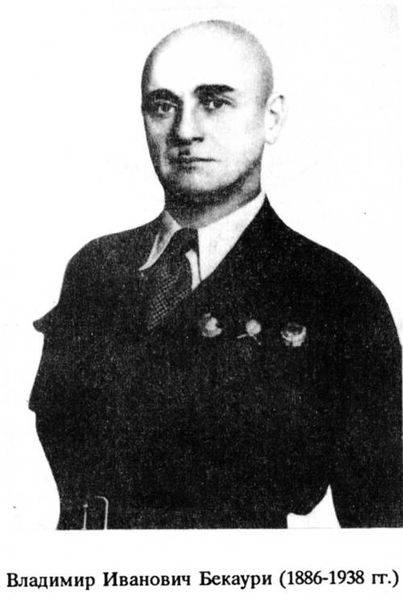
In many ways, the topic of creating small unmanned submarines before the Great Patriotic War did not receive significant publicity due to the fact that in 1937, the Ostech Bureau, which specialized in the development of ultra-small submarines, ceased to exist and was divided into three independent industry Institute. At the same time, in 1937, the head of the Ostech Bureau and many leading specialists of the organization were arrested; in 1938, Vladimir Bekauri was shot as an "enemy of the people", posthumously rehabilitated in 1956. So the creator of the first radio-controlled Soviet land mines, who made such an impression on the Germans in the summer and autumn of 1941, ended his life. The first Soviet radio name was called “BEMI”, according to the initials of its creators Bekauri and Mitkevich. It is worth noting that in 1938, the OstechBureau designer Fyodor Viktorovich Schukin, who worked on the creation of the first Soviet ultra-small submarines, was also shot.
After work on the creation of ultra-small submarines in the USSR, most of the technical documentation, as well as the investigative materials were classified, they were settled for a long time in the archives of the NKVD. Only in 1980-ies did information about the design of various ultra-small submarines in the Soviet Union begin to re-open to the general public in the pre-war period, and then the first articles about the creation and testing of the first Soviet ultra-small submarines began to appear in the specialized literature.
As you already understood, in the activities of OstechBureau, submarines occupied, albeit prominent, but not the main place. Directly work on ultra-small submarines began in Leningrad only in 1934, when a separate group was formed in the first division of OstechBureau, which was engaged in the design of submarines. The first project, which was embodied in the metal, as already noted above, received the designation APSS - Aero-underwater self-propelled projectile. The group of engineer KV Starchik worked on the creation of an unusual submarine, and Bekauri personally supervised all the work on the project, as well as control of the project was carried out by specialists of the Naval Research Institute of Communications.
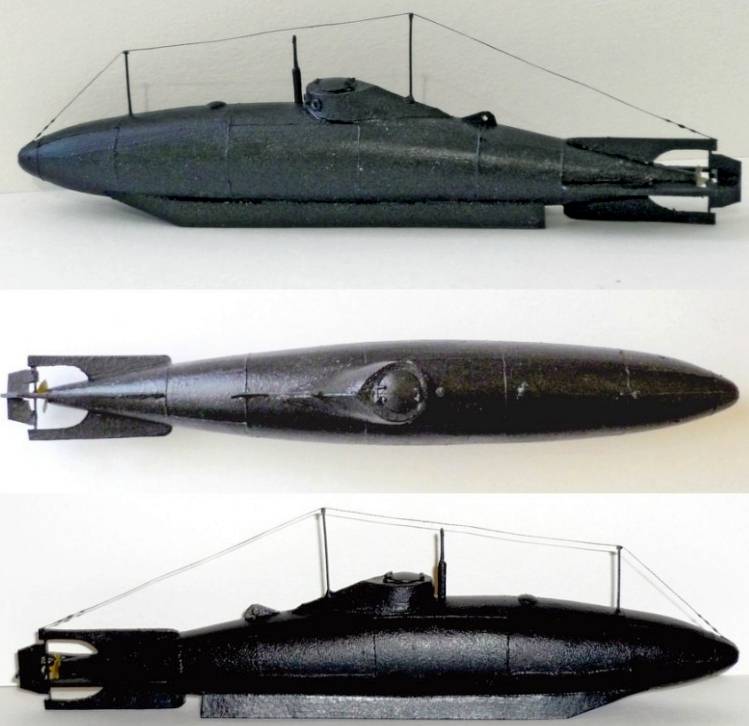
The first APSS was a classic ultra-small submarine, its displacement did not exceed 8,5 tons, length - 10 meters, width - 1,25 meters. The submerged speed was supposed to be up to 4,5 knots, and the maximum depth of the submersion of the boat was limited to ten meters. Two options were considered as the main armament of the boat: either an 457-mm torpedo of the 1912 model of the year placed in an open torpedo tube at the bottom of the boat hull, or an explosive charge that was placed directly into its hull.
The APSS boat had an elongated cigar-shaped form with two patch keels, between which it was possible to install a single open torpedo tube. In total, the boat had 5 compartments. The first was removable nasal, it was here that the explosive charge with a total mass of 360 kg could be set, the charge was driven by a proximity fuze. The second and fourth compartments served to accommodate batteries (in the second - the 33 element, in the fourth - the 24 element). Also, both compartments were used to accommodate various parts of the remote control equipment boat. The fourth compartment also contained steering gears that operated on compressed air. The third compartment contained the main part of the telecontrol equipment, the balancing, ballast, and torpedo-replacement tanks, as well as the mechanisms that were used to control the torpedo tube. In the fifth compartment of the boat, an electric motor of direct current was installed, which developed the power of 8,1 kW (11 hp), as well as a propeller shaft with a screw. In the stern of the boat was located tail with rudders. In sturdy keels, the designers placed four cylinders on 62 of each liter of compressed air, these cylinders were used to operate the elements of the boat's automation, as well as to purge the tanks.
On the strong hull of the boat, antenna masts were located in the upper part, and on the upper part of the second and fifth compartments there were special portholes with headlights that were directed upwards. They were planned to be used in order to identify and monitor the APSS in the dark. In addition, there was a special device in the feed, which was responsible for the release of green fluorescent composition into the water. This composition was supposed to facilitate the process of accompanying the boat in the daytime. The main control mode of the ultra-small submarine was radio control when visually tracking the APSS from a ship or an aircraft-driver, hence the name aero-submarine. It was planned to control the submarine by transmitting encrypted radio signals in the long-wave range when the boat was immersed to a depth of three meters and in the VHF range when the submarine was moving in the surface position.
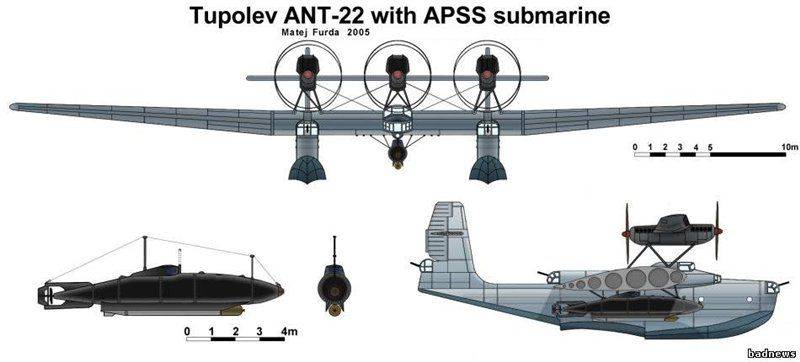
Special submarine and VHF receivers with decoders were located on board the submarine; they converted incoming radio commands into direct current signals that controlled the submarine automation elements. In addition to this, mechanical auxiliary control was also provided; there was a mechanical automatic course-laying device. Such a mode allowed to dive to a depth of 10 meters, while the boat could move along a given course up to 5 hours.
The carrier of the aerial submarine was planned to make a seaplane ANT-22, which was developed in the Tupolev Design Bureau. It was planned that the aircraft will be able to carry at least one APSS on the external load. Transport and suspension units of the boat were on top of the second and fourth compartments, the distance between fasteners was almost five meters. The flight range of the ANT-22 allowed the seaplane to transfer the ultra-small submarine to the area of operation remote from the base at a distance of 500-600 km.
In 1935 and 1936, two ultra-small submarines for this project were completed. They differed from each other by their bodies. One boat was made in riveted, the second - in a welded hull. Both boats reached the stage of factory testing, but could not go further than the acceptance route, they were never accepted for service, also the submarines did not reach the tests with the participation of drivers, the possibility of manual control was also foreseen by the designers. In the published official reports relating to this project, it was noted that "the problem of remote control of the submarine is still far from a positive solution." Considering that the second half of the 1930s was outside, there is nothing supernatural about this.
Already in the second draft of the Ostech Bureau for the creation of a super-small submarine, the possibility of radio control from the aircraft was abandoned fairly quickly. Still, the creation of radio-controlled land mines is one thing, and the development of complex underwater guided vehicles is a completely different level of development of science and technology. Initially, the novelty was also called APL (Aero-submarine), but later the project received a new symbol “Pygmy”. The Pygmy was already a more conservative ultra-small submarine, with a crew of four sailors on board. A team of engineers headed by FV Shchukin was in charge of developing the ultra-small submarine. According to the documents that have reached us, we can say that the Pygmy was a single-hulled boat with a maximum displacement of about 18 tons already, the length of the boat grew to 16,4 meters, and its width to 2,62 meters. The speed of the underwater stroke was supposed to be about 3-x nodes, surface - up to 5 nodes. The main armament of the boat again had to be the 457-mm torpedoes of the 1912 model of the year, located in open-type onboard torpedo tubes. The power plant of the boat consisted of a hp 24 diesel engine. (there was the possibility of forcing up to 36 hp), as well as a rowing electric motor, which was powered by onboard batteries.
Factory tests of the new boat, which were carried out in Oranienbaum in August 1935, were generally recognized as successful. The ultra-small Soviet boat several times independently went into the waters of the Gulf of Finland. Already in November of the same year, by order of the People's Commissar of Defense, it was prescribed to release at least 10 ultra-small submarines, while the first six corps should have been ready by 1936. In the same November 1935, the only model built by rail was transported to the Crimea in Balaklava, where the Sevastopol base of OstekhBuro was located, here the new boat was to pass the acceptance test stage. Based on the test data, it was planned to make all the necessary changes to the design of the industrial series of submarines aimed at improving the tactical and technical characteristics of the submarine and eliminating the identified shortcomings. Tests of the boat were carried out under the regime of "Special Secrecy" (under the stamp "OS"). Special Division of the Headquarters of the Black Sea fleet it was decided that tests of the ultra-small submarine should be carried out within the Quarantine Bay and mainly at night.
However, the work either in the 1936 year or in the 1937 year did not bring any results. It was not possible to bring the ultra-small submarine to the conditions that were necessary for the representatives of the fleet. At the same time, for several years the life of batteries, electric motors and other equipment installed on board the boat was significantly reduced, and sailors could soon be convinced of this, among them was senior lieutenant B. A. Uspensky who was assigned to the boat, who served in 1- y brigade of submarines of the Black Sea Fleet. In one of the acts of the selection committee, it was directly stated that the living conditions of the Pygmy left much to be desired and were extremely difficult for the crew. To this were added and frequent problems of technology. Among other things, it was noted that the magnetic compass gave an error up to 36 degrees, the reason was its proximity to the laid electric cable. It also highlighted the strong vibrations that could talk about the inconsistency of the electric motor with the shaft line. The diesel engine produced in a single copy for this ultra-small submarine was experienced, it was very hot, and besides it was smoking. Moreover, the rumble of his work could be heard at a distance of several miles from the boat.
The super-small submarine "Pygmy" was not brought to the receiving stage and never entered service, nor did the boat enter the fleet. In the autumn of 1937, the submarine was officially recognized as unsuitable for acceptance or for testing, after which it was dismantled and moved from Balaclava to Feodosia, where the submarine was located on the territory of the test base of the sea weapons. At the same time "Pygmy" continued to be listed for the People's Commissariat of the Navy of the USSR as an experienced submarine. During the Great Patriotic War, the dismantled submarine turned out to be a trophy of the German troops, its photographs taken by the invaders in the beginning of July 1942 have survived to this day. At the same time, the fate of the submarine is unknown what happened to her after 1942, nobody knows. But one thing is absolutely certain, our country entered the Great Patriotic War without being armed with ultra-small submarines, and Italian ultra-small submarines, deployed there by land, operated in the Black Sea.
Information sources:
Vladimir Boyko. “Ultra small submarines of World War II. Aeropod "Pygmy"
https://vpk-news.ru
http://alternathistory.com
https://www.simvolika.org
https://humaninside.ru
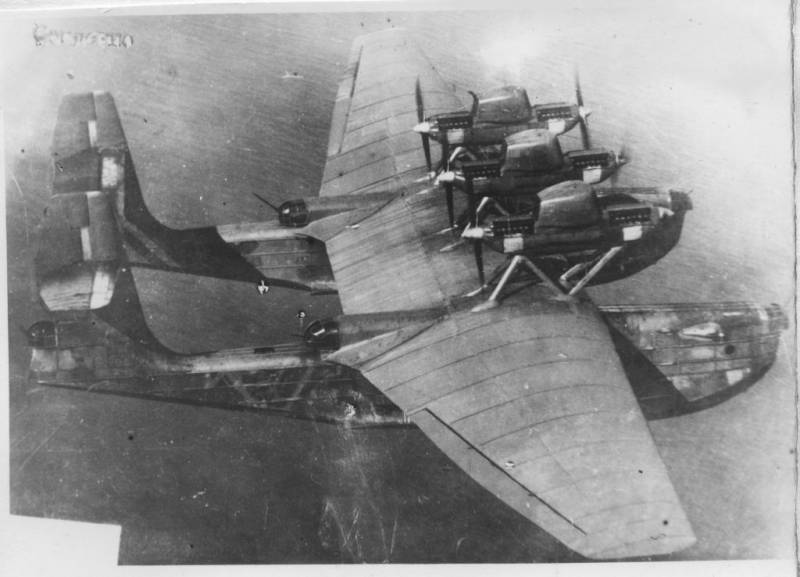
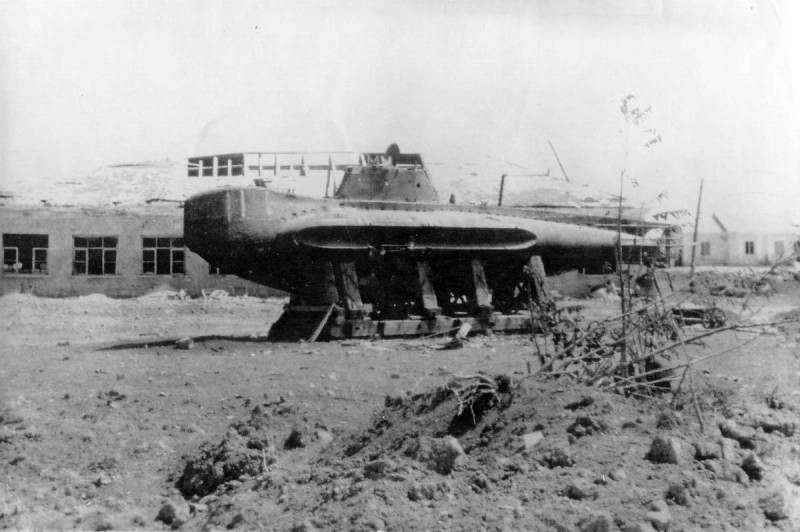
Information